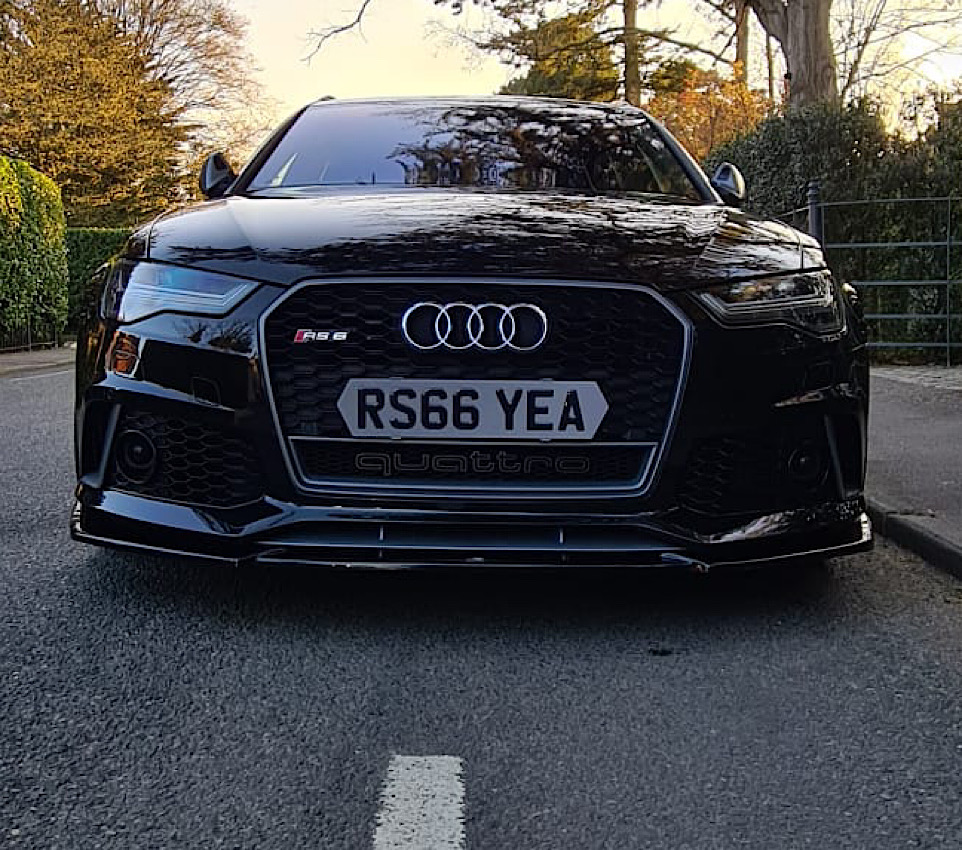
What are trade plates?
Trade number plates are a convenient and cost-effective tool used by motor traders and vehicle testers to drive any vehicle for short periods of time. These special plates, which differ from standard license plates in design, are a great option for auto dealers that need to test drive vehicles, take cars from one lot to another, or conduct any other short-term business operations. Trade number plates also save the hassle of registering and taxing every new car on a dealer’s lot, meaning that businesses can more quickly transfer cars between locations without worrying about obtaining paperwork. All in all, trade number plates are an essential part of the motor trader’s everyday operations.

What does a trade registration plate look like?
Trade number plates have come a long way since their introduction in 1921. Although they originally consisted of red characters on a white background and had a triangular license plate holder, they have changed over time and now feature a white background with red font. The modern-day trade plate usually consists of five digits and has no regional identifiers included. It’s no surprise that the design of trade car registration plates has changed just as much as the industry itself.
How to display trade plates?
Displaying trade number plates properly is an essential requirement for all trade-registered vehicles, yet it can be easily overlooked. The Driver and Vehicle Licensing Agency (DVLA) specifies that the plates should be placed on both the front and rear of the car, vertically and not inside. Additionally, the existing number plates should not be obfuscated by the trade plates at any point, as this could result in a traffic offence. While these instructions may appear straightforward initially, they become more difficult once drivers take into account size constraints and other variables regarding their particular car’s model. Consequently, trade plate owners must take extra care when displaying their trade plates to ensure they meet all DVLA requirements.

Where to get trade plates?
Trade plates are essential to certain businesses, so it’s important to know where to get them. The only authorised source is the DVLA. To apply for a trade plate, you must fill out the VTL301 form and include your business name, type of business, address and other details. All of the information needed can be found in the notes that accompany the form, so you don’t need to worry about submitting inaccurate information. With a complete application set and sent off to the DVLA, you’ll soon have genuine trade number plates in hand.
How much do trade plates cost: fees paid for trade number plates?
If you need to know the fees paid for trade number plates, there is a variety of licences with different length validity periods. First-time buyers generally get licences that are valid for 7 to 11 months, while return buyers are eligible for 6 and 12-month licences. The most affordable option is the £90.75 trade plate licence which is valid for six months, while the longest-lasting licence lasts 12 months and costs £165. Thus, those who get these plates can enjoy a significant cost reduction compared to single-use plates.
10% OFF WITH PROMO CODE "EASY10"









